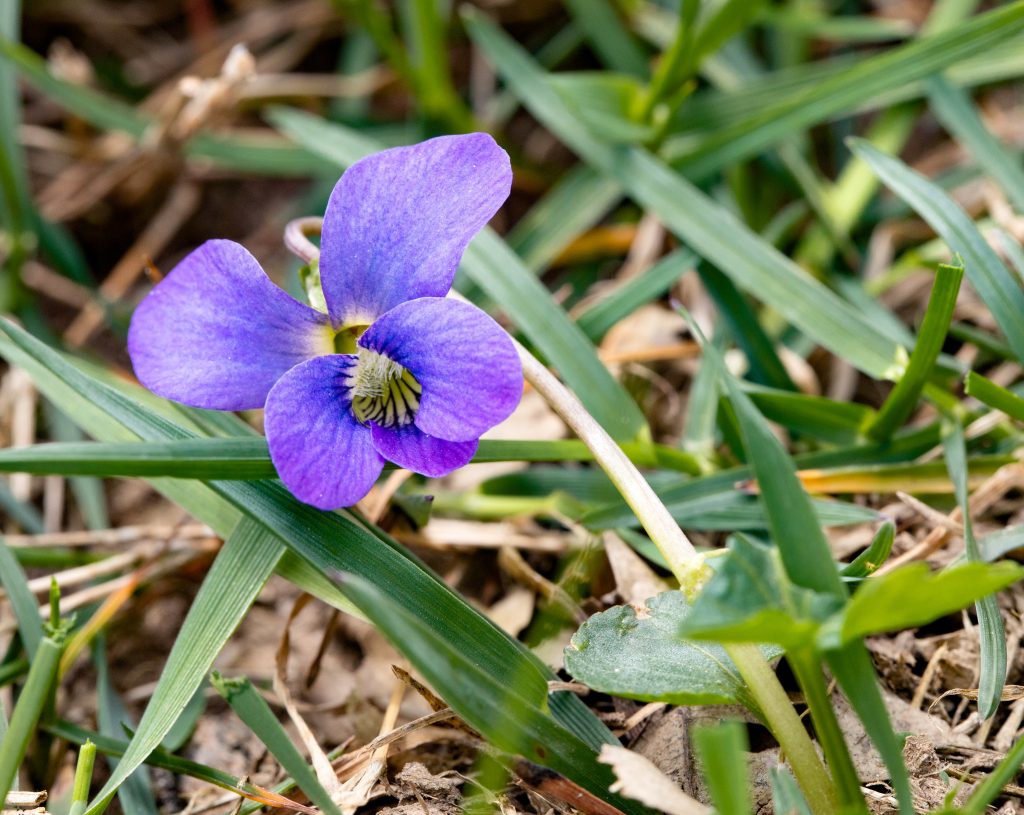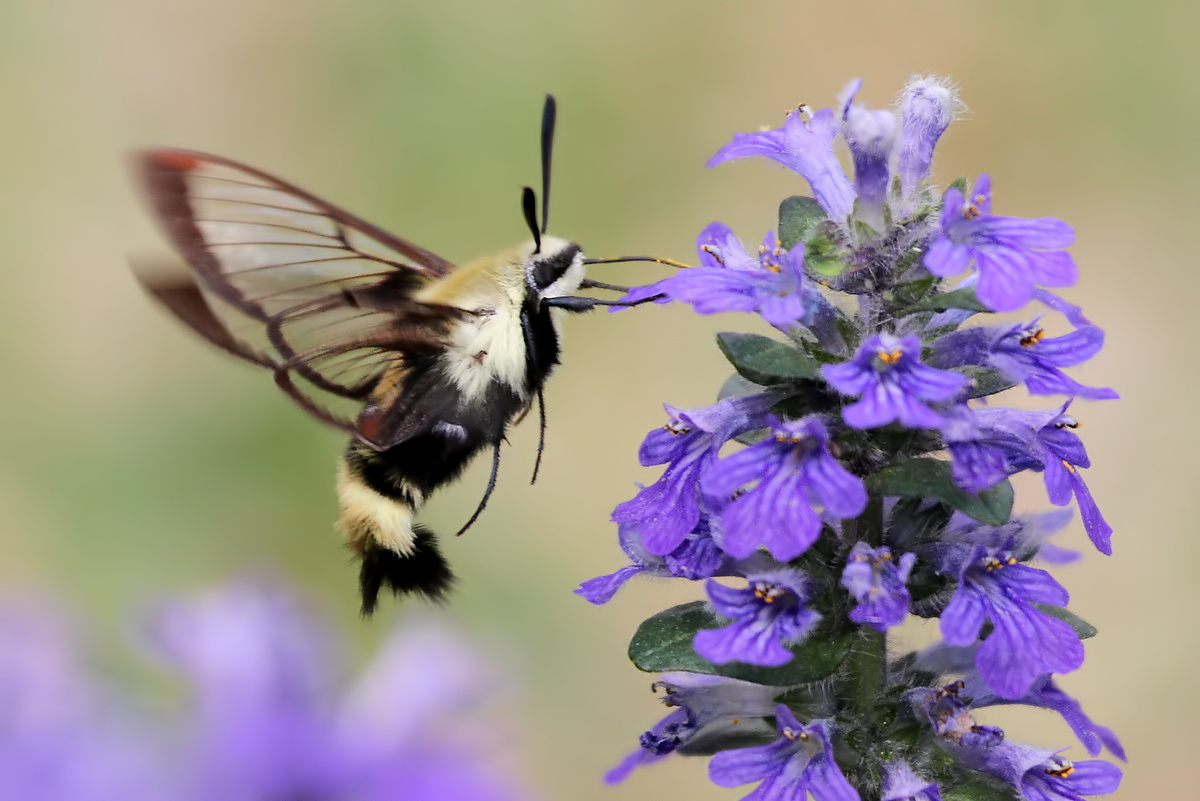As signs of summer begin to establish, we notice the showers of spring bringing more than just flowers. Grasses, weeds, and general overgrowth seem to appear almost overnight.
Bustling automobiles add to the cacophonous sounds of lawn mowers on sunny Saturday mornings. Weed trimming, weed pulling, and weed killing suddenly becomes not just a matter of personal aesthetic appeasement, but of near public health concern to more stringent HOAs.
But what are weeds? To most people, they are anything that grows, well… like a weed! Quickly, with seemingly no regard for location or disturbance, some plants thrive. However, did you know several of our native plants get lumped in with non-native weeds? A bad rap if I ever heard one.
Colloquially weeds can be broadly defined as aggressively growing, undesirable plants that are merely in the wrong location. Hardly a fitting definition for our native plants that serve important ecological functions! Many valuable native plants see frequently disturbed lawns as ideal growing locations, and as such thrive in most local yards.
The Common Blue Violet (Viola sororia) grows prolifically throughout mowed landscapes and abandoned lots. Small, round, serrated leaves cluster together, often overshadowed by the dainty purple flower that hangs above them. This beautiful native violet supports butterflies, ants, and even wild birds. Commonly, many Fritillary butterfly species rely on this plant for edible foliage. Birds such as the Wild Turkey, Bobwhite, and Mourning Doves eat the foliage as well as the seeds for an accessible snack.
Black-seeded Plantain (Plantago rugelii) is more discreet than the vibrant flowers of the violet, but no less important. A maintained lawn owner will most likely only see the broad, smooth, round leaves of this native. Given the chance to flower, the black-seeded plantain is mostly pollinated by wind with tiny flowers occurring from a central standing stalk. What this plant lacks in showiness, it makes up for in ecological benefits. More than 45 species of insects, mammals, and birds consider this plant to be an all you can eat buffet, feasting on leaves, seeds, and even roots. With that context, it is no wonder the black-seeded plantain is able to withstand being mowed over and trampled on!
Native plants don’t just deal with the mower, but also the string trimmer. Growing up against barns, sheds, houses, and trees you will find Virginia Creeper (Parthenocissus quinquefolia). This vining native plant has five leaflets, extending from a center point in what is referred to as palmately compound. The flowers of this plant are rarely seen over their leaves and mostly occur higher up the vine. With bees pollinating the flowers, insects eating the foliage, and birds and mammals dining on the berries virginia creeper produces, this vine irreplaceably supports numerous native species.
These plants all serve as critical food sources for animals in areas that may not have much else. As nature struggles to adapt to our modified landscape, why not try to support our natives by encouraging them in certain areas, and maybe even planting more. Because these species thrive in disturbed areas, continuing to mow and trim should not dampen these plants’ spirits too much, but avoiding spraying herbicides, pesticides, or intentionally removing these species could go a long way in building a healthy habitat in your neighborhood. Just as you find safety and security in your property, so too do the native plants and animals around us.
Jake Gamble is the Stewardship Manager for Red-tail Land Conservancy. Impassioned by land conservation, he strives to protect and preserve the natural quality of Indiana while inspiring others to do the same.




